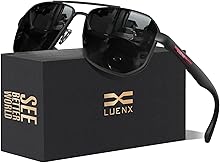
If diamonds and pencils are made out of carbon, how is it that pencils can write? Premium
The Hindu
Discover the fascinating science behind how a pencil writes, from carbon atoms to condensed matter physics explained concisely.
“Can I get a pencil?”
“Yes of course,” and the lady at the counter hands me a cigarette.
I awkwardly resist and say “I actually do need a pencil.” She judges me a bit and hands me one, probably wondering why an adult might need this. As it turns out, ‘pencil’ is one of many words young adults use to refer to cigarettes, which is unfortunate because a pencil should just mean a pencil.
While tables and smartphones are all the fad, some of us still prefer the pencil. They are a technological marvel and very resourceful. They can help push in electrical sockets, keep your teeth fit (if you chew on them), and punch open a food packet. And of course they can help you write.
Each pencil has a black-grey core surrounded by wood. When you sharpen the pencil, the core becomes more exposed, and the pencil can write better.
We regularly use pens to write but they have a thick liquid ink inside. This is essentially a coloured liquid that flows like any other liquid, be it water or oil. Since it flows on paper and has a colour, it leaves its footprints behind as it flows, and in this way pens write. But the core of a pencil is solid, like a metal spoon. If we move a steel spoon on paper, no amount of metal spills on the paper.
How then does a pencil write?





















 Run 3 Space | Play Space Running Game
Run 3 Space | Play Space Running Game Traffic Jam 3D | Online Racing Game
Traffic Jam 3D | Online Racing Game Duck Hunt | Play Old Classic Game
Duck Hunt | Play Old Classic Game











